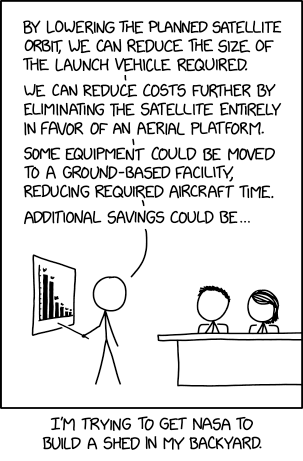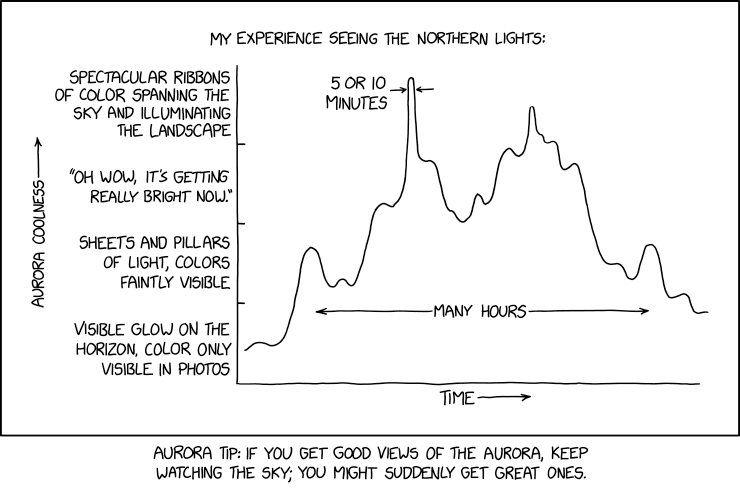
Best friends Rick and Morn talk about the remaining episodes of season 1 of Star Trek: Deep Space Nine. As of this writing, the new show Star Trek: Starfleet Academy has come out and it's release is totally unrelated to this release. The timing is pure coincidence I assure you. Mark and Gork love Star Trek and probably will continue to talk about. However, after seeing Starfleet Academy (or SA as Kurtzman calls it) it is so bad and misguided it's almost a moot point. Star Trek as it once was... is lost. I think it's too far gone. It is possible to make a new series (with new producers) and set it in the 24th century in an isolated setting and have smaller, well written stories that don't involve revenge, a super-weapon, or people that sound like total idiots and are annoying, but knowing that the future of Starfleet will eventually look like it does is a specter that cannot be ignored. What has happened? HOW did this happen? Who has dirt on who? Is NuTrek a scam? A tax write-off? Is 80% of the budget going to the 24 credited producers? I mean, how does a show with so few viewers even become profitable for a streaming service. Or even an asset and not a liability? Morg smells something fishy going on... maybe? At least according to his opinion. Rork and Glorg in no way suggest any illegal activity, but just perhaps activity that might not be moral at the very least. I mean, seriously? It's become a joke at this point. Anyway, no one can ever take my DS9 DVDs away from me. You'll have to pry them from my cold, dead hand. Anyway, enjoy this deep dive into old Trek. Rich and Mike promise more. MUCH MORE!!! WE WILL NOT STOP. WE WILL CONTINUE!!!
Rich and Mike talk about Star Trek Deep Space Nine! Finally! But it's season one you say? You're right! Rarely are the first seasons of shows outright exceptional (with some outright exceptions) most times they're good enough to pass muster, until they find stable footing. Deep Space Nine is no different! Light years ahead of the awkward first season of TNG, DS9 slides right into it's groove early on. While there are lots of isolated TNG-esque one-off story lines and some early character developing episodes, DS9 season one is a solid layer of quality "paste" as Rich Evans so eloquently puts it. Rich and Mark talk briefly about each episode, pausing to pick favorites along these way. Watch them two old, confused, boring, elderly, genXer scumbags wax nostalgic for quaint old television before the time of woke nightmare sauce spilling out of every eyeball. Before shows made it based on viewership ratings and not streaming service fodder for animal troughs of marketable IP's and stock market shareholder data portfolios for investors. In addition to the Matlock reboot for the olds, we've got this over-produced glossy, fast moving, fart-filled, hip gen-zers (not watching Star Trek I can assure you) tiktok framed clips and nightmare fuel. This embarrassing attempt by old cracker boomer producers to create a program to appeal to Z's that not a single one will take the time to watch. out-of-touch, buzz-worthy hip-hop, busin' zazz dancin' kidz in Starfleet, bouncing pronouns off the shields as they flubba dubb to the latest crunchy zen-dash touch grass brah. Stella zoinks, lady no cap! You going to the no-alcohol Trek bash in Hall H later where WE DANCE with Starfleet costumes and tell each other we're boss-folks and learn about ourselves while respecting each other's rizz? Heck yeah! It's gonna be tripe and no one there will be sus or clutch fringe cringe. Insta-gram it for me brah! I'll be beaming in later after my exams!




